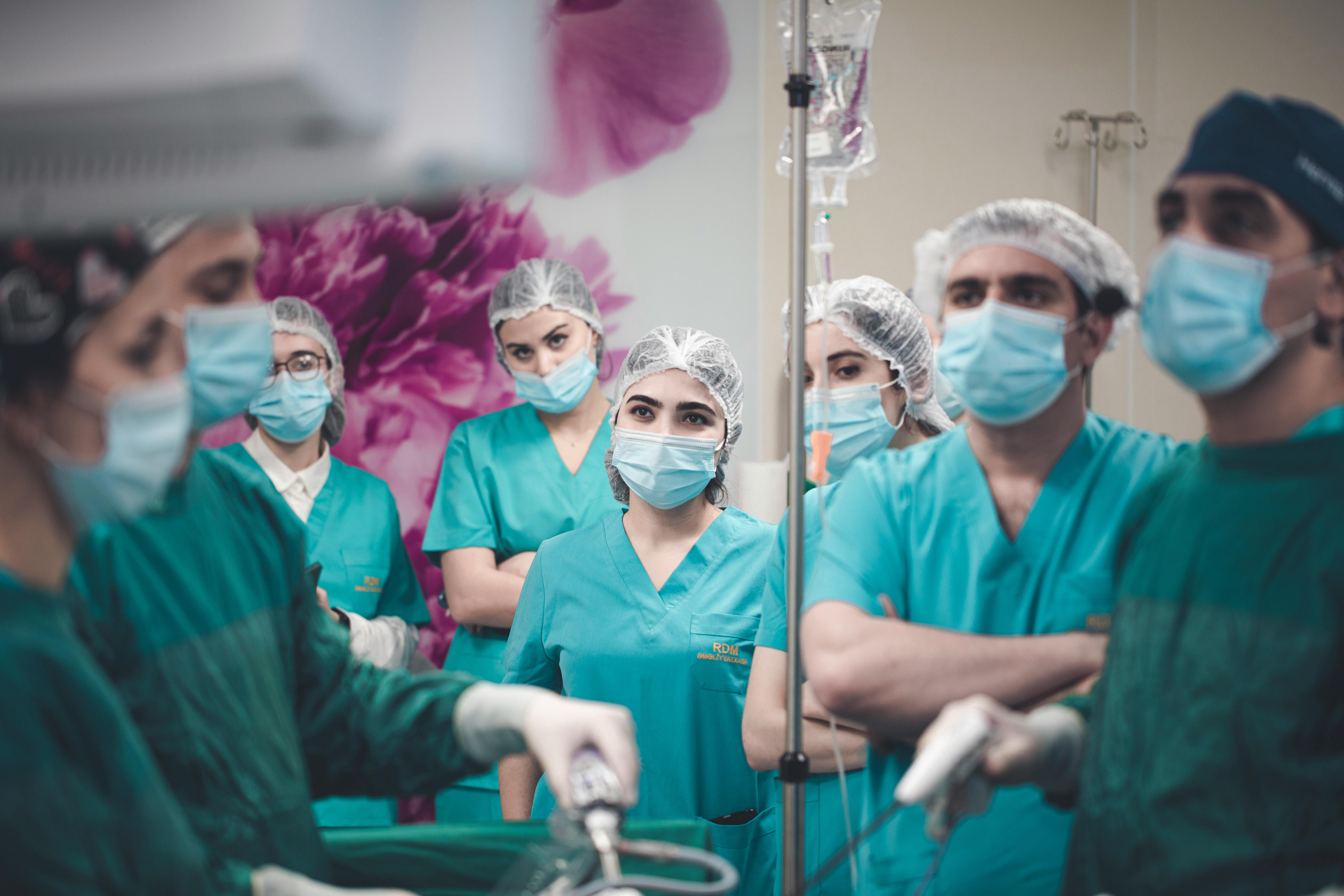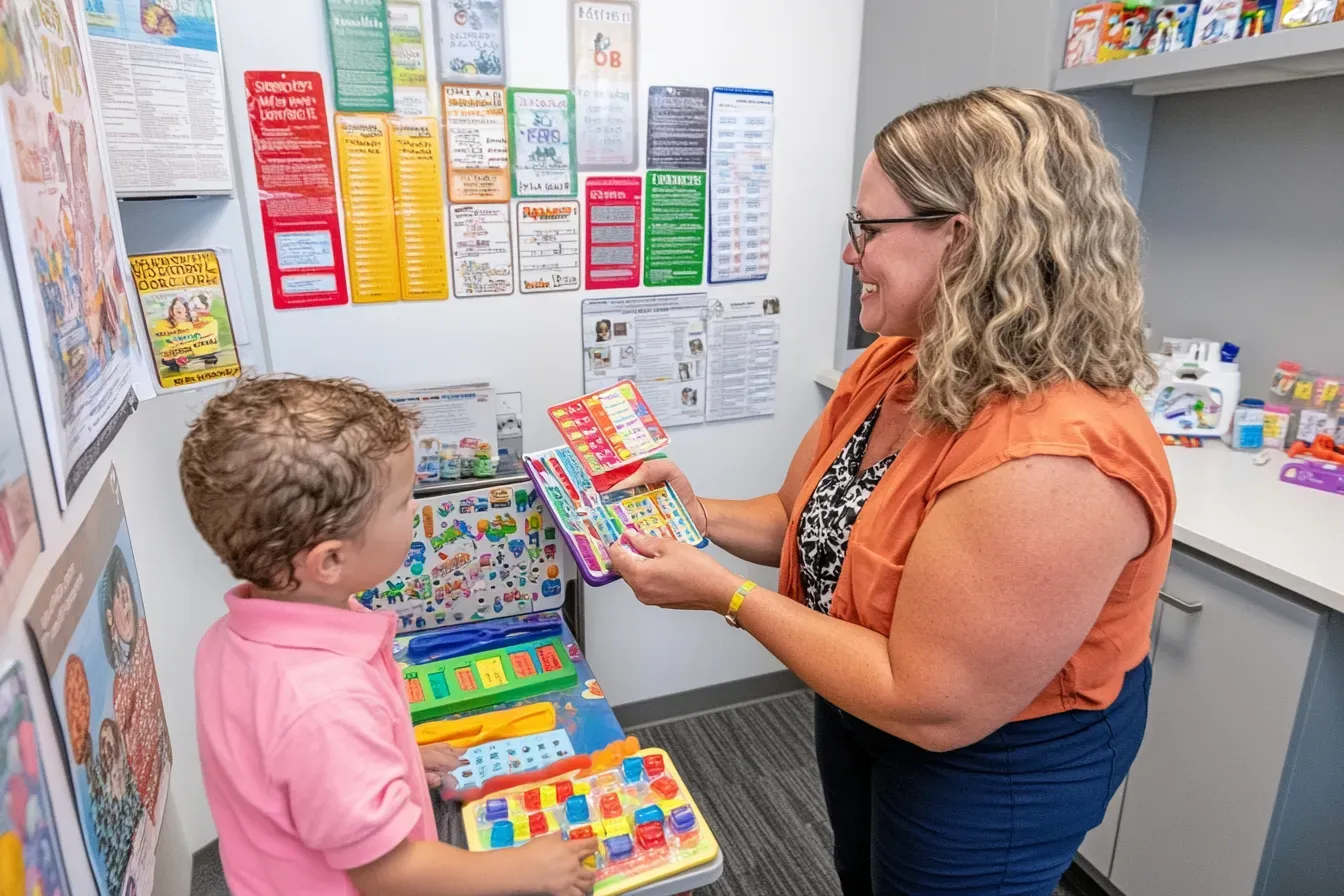World Ranking of Top Microbiology Scientists in 2022 (1st Edition)
On March 28, 2022, Research.com released the 1st edition of the annual ranking for top scientists in the area of microbiology. This list of leading scholars is designed to offer the academic community more visibility and exposure to the influential research contributions made by those at the forefront of microbiology.
What is more, we hope it will inspire researchers, decision-makers, and entrepreneurs around the world to find out where leading experts are heading. It is a great opportunity for all of us to learn who are the leading experts in different research areas, in different countries, as well as within different universities and research institutions.
For the 2022 edition of the ranking, more than 5,700 scientist profiles on Google Scholar and Microsoft Academic Graph have been examined with several indicators and metrics reviewed in order to consider each scientist’s inclusion in the ranking.
The h-index threshold for approving a scholar to be considered was set to 40 if most of their publications were in the field of microbiology. The inclusion criteria for scholars to be considered into the ranking of top scientists are based on the discipline h-index, the proportion of contributions made within the given discipline in addition to the awards and achievements of the scientists.
The key findings for the 1st edition of top microbiology scientists ranking
- Scholars from the United States are dominating the ranking with 441 scientists representing 44.1% of all leading microbiology scientists.
- The other leading countries with leading positions in the ranking are Germany (53 scientists or 5.3%), the Netherlands (44 scientists or 4.4%), Australia (41 scientists or 4.1%), Canada (27 scientists or 2.7%), and Japan (27 scientists or 2.7%)
- Only 3 out of 10 scientists in the top 1% are from the United States, with the other countries represented being France, Switzerland, China, Canada, and Finland.
- The no. 1 position in the ranking is held by Didier Raoult from Aix-Marseille University, France, who has an h-index of 175.
- In 2022 the US National Institutes of Health was the research institution hosting the highest number of leading microbiology scientists with as many as 32 of them working there this year.
- American universities constitute 60% of the top 10 leading institutions with the leading non-American ones being Institut Pasteur, the University of Paris, the University of Hong Kong, and the University of Oxford.
- The highest cited scientist is Didier Raoult from Aix-Marseille University, France with 138,437 citations.
- The average H-index for the top 1% of scientists is 146 against an average of 77 for all 1000 scientists included in the ranking.
The full ranking for the 2022 list of top microbiology scientists can be found here:
TOP MICROBIOLOGY SCIENTISTS RANKING
What are the limitations of current microbiology research rankings?
While these rankings offer a valuable snapshot of scientific impact, they are predominantly based on quantitative metrics that may not capture qualitative contributions. For instance, reliance on the h-index and citation counts can introduce biases related to publication practices and time-lags in recognizing breakthrough innovations. Additionally, these measures may not fully reflect emerging interdisciplinary research or account for varying citation standards across subfields. Recognizing these limitations is essential for stakeholders who aim to balance traditional metrics with innovative assessment approaches. Researchers and decision-makers may also consider alternative educational pathways, such as online degrees that pay well, to enhance career trajectories alongside their scholarly contributions.
Countries with the highest number of leading microbiology scientists
Scientists from the United States dominate the list with 441 scholars included in 2022 which represents 44.1% of the whole ranking. However, only 3 out of 10 scientists in the top 1% are from the United States, with the other countries represented being France, Switzerland, China, Canada, and Finland.
The United Kingdom ranks second with 88 scientists.
The third spot was taken by France, which currently has 70 ranking scientists.
The other leading countries are Germany with 53 scientists, the Netherlands with 44 scientists, Australia with 41 scientists, Canada with 27 scientists, and Japan with 27 scholars as well.
Please note that the country associated with a scientist is based on their affiliated research institution according to MAG, not on their actual nationality.
Institutions with the highest number of leading scientists
In the 2022 edition of our ranking, the US National Institutes of Health is the leader, with 32 scientists affiliated with that institution included in the ranking. Ranking second is Institut Pasteur with 23 scientists, and the third place is occupied by the US Centers for Disease Control and Prevention with 21 scholars.
Among universities, Harvard University is the leader, with 15 scientists being included in our ranking.
American universities constitute 60% of the top 10 leading institutions with the leading non-American ones being Institut Pasteur, the University of Paris, the University of Hong Kong, and the University of Oxford.
Only 3 out of 10 institutions in the top 1% of leading scientists are based in the USA. Other top spots are occupied by Aix-Marseille University, France (1st spot), the University of Helsinki, Finland (3rd spot), the University of Hong Kong, China (4th spot), Institut Pasteur, France (5th spot), the University of British Columbia, Canada (6th spot), the University of Fribourg, Switzerland (7th spot), and the University of British Columbia, Canada (9th spot).
Could technical and vocational training enhance microbiology research support?
Integrating technical and vocational training into microbiology research environments addresses a critical need for specialized operational skills. Skilled technicians trained through dedicated programs can streamline laboratory procedures and maintain sophisticated equipment, thereby boosting research precision and overall productivity. Moreover, embracing such non-traditional education pathways complements academic excellence by providing a reliable support framework that is essential for achieving breakthrough discoveries. This strategic blend of technical expertise with scientific inquiry not only enhances lab efficiency but also ensures continuity in operational excellence, as evidenced by the competitive outcomes reflected in the average trade school salary.
Is interdisciplinary collaboration essential for microbiology breakthroughs?
Interdisciplinary research can bridge methodological gaps and stimulate innovative solutions to complex microbiological challenges. Leveraging complementary expertise—ranging from computational techniques to insights drawn from fields like biomechanics—can refine experimental designs and accelerate translational outcomes. For example, professionals engaged in a kinesiology degree online program may apply their advanced understanding of human movement and biological mechanics to inform studies on microbial pathogenesis and host interactions. Emphasizing cross-disciplinary collaboration enhances resource allocation strategies and fosters a culture of continual learning, both critical to advancing impactful microbiology research.
Online microbiology degree programs and research initiatives
Online microbiology programs can help to enrich the research community in the field by providing access to education and training for a broader range of individuals. These programs can attract talents who may not have had the opportunity to attend traditional on-campus programs due to geographic, financial, or personal constraints.
By expanding the pool of potential researchers, online microbiology programs, including relevant degrees such as biology degree online programs, can increase the diversity of perspectives and approaches brought to the field, which can ultimately lead to more innovative and impactful research. As investigated by Mcclunie-Trust et al. (2022), a multi-site collaborative research setup online is able to generate collective knowledge and skill from a wider pool of brain power, thus enabling new approaches. Their study published in the International Journal of Qualitative Methods recognizes the important role of technology in this setup, which allows researchers to connect, communicate and share knowledge online.
Likewise, online microbiology programs can help to foster a culture of lifelong learning and professional development among researchers in the field. By offering convenient and accessible continuing education opportunities, online programs can help researchers stay up-to-date with the latest advances in the field and develop new skills that can enhance their research. This can ultimately lead to more impactful and innovative research that addresses important challenges in microbiology and related fields.
So, when one posits, what can I do with a biology degree online? the answer goes beyond providing you with a job with a $75,000+ median salary (Indeed, 2023), but with research paths in biotechnology, public health laboratories and university research institutions, thanks to one’s research network nurtured through online education.
How do microbiology rankings influence funding and career opportunities?
Microbiology rankings serve as indicators of scientific impact that can directly influence funding decisions and career trajectories. Funding agencies often rely on these objective measures to identify leaders capable of driving innovative research, which in turn attracts substantial investment. High-ranking scientists secure enhanced visibility and credibility, fostering opportunities for strategic collaborations, grants, and interdisciplinary projects. This recognition not only elevates academic profiles but also encourages aspiring researchers to explore careers with promising financial returns, as seen in fields aligned with highest-paying bachelor degrees in medical field.
How can alternative educational pathways enhance career advancement in microbiology?
Alternative educational pathways offer streamlined access to foundational knowledge and practical skills, enabling professionals to transition swiftly into research or industry roles. By integrating flexible online programs, certificate courses, and accelerated degree options, individuals can cultivate expertise without delaying entry into the workforce. For those considering a less time-intensive route, exploring the easiest degree to get can provide a strategic starting point for a successful career in microbiology. These adaptive learning models not only respond to the evolving needs of the scientific community but also support diverse career trajectories in this dynamic field.
Are accelerated graduate programs bridging the gap in microbiology research skills?
Accelerated graduate programs play a pivotal role in rapidly equipping emerging microbiology professionals with advanced skills. These intensive formats condense coursework and integrate hands-on research experiences, enabling candidates to quickly address evolving scientific challenges. By delivering a curriculum aligned with current industry and research needs, such programs foster a seamless transition into impactful roles across academia and industry. Moreover, targeted training in modern laboratory techniques and real-time problem solving helps close the skills gap often observed in traditional longer-duration courses. Innovative offerings like 1 year grad school programs exemplify how streamlined educational pathways can enhance professional readiness and drive forward microbiology research.
What are the current job market trends for microbiology professionals?
The evolving job market for microbiology professionals reveals expanding opportunities across biotechnology, healthcare, environmental monitoring, and pharmaceutical industries. Demand is increasingly driven by the integration of sophisticated laboratory techniques, digital innovation, and a growing need for interdisciplinary expertise. Employers are emphasizing the value of both academic credentials and practical skills, prompting professionals to pursue advanced qualifications such as high paying master's degrees. Concurrently, strategic industry collaborations are enhancing career development prospects, as roles evolve to bridge academic research with real-world applications efficiently.
H-index ranking – leaders, averages, and distribution
For Europe, Professor Didier Raoult from Aix-Marseille University, France is ranked first in the region, but he's also listed no. 1 in the world ranking, with an H-index of 175.
For North America, Professor Martin J. Blaser, from Rutgers, The State University of New Jersey ranks 2nd on our list of leading scientists with a high H-index of 153.
Professor Kwok-Yung Yuen from the University of Hong Kong, China leads the top list in Asia with an H-index of 149 and a world ranking of 4.
For Oceania, Professor Edward C. Holmes from the University of Sydney, Australia is on top of the list with a world ranking of 16.
Professor Job J. Bwayo who is affiliated with the University of Nairobi, Kenya is the first in Africa with a world ranking of 507.
Professor Arnaldo Lopes Colombo from the Federal University of Sao Paulo, Brazil is the highest-ranking scientist from South America with a world ranking of 923.
The average H-index for the top 1% of scientists is 145 against an average of 77 for all 1000 scientists included in the ranking.
The scholar with the lowest index value who made it to the ranking in 2022 has an H-index of 62.
The average number of published articles for the top 1% of scientists in the ranking is 688 against an average of 236 for all 1000 scholars.
The average number of citations for the top 1% of scientists is 86,094 against an average of 23,787 for all 1000 scholars. The highest cited scientist is Didier Raoult from Aix-Marseille University, France with 138,437 citations.
You can learn more about the methodology used to create the ranking here.
About Research.com
All research was coordinated by Imed Bouchrika, Ph.D., a computer scientist with a well-established record of collaboration on a number of international research projects with different partners from the academic community. His role was to make sure all data remained unbiased, accurate, and up-to-date.
Research.com is the number one research portal for science and educational rankings. Our mission is to make it easier for professors, research fellows, and students to progress with their research and find the top experts in a wide range of scientific disciplines. Research.com is also a leading educational platform that helps students find the best colleges, academic opportunities, and career paths.



























